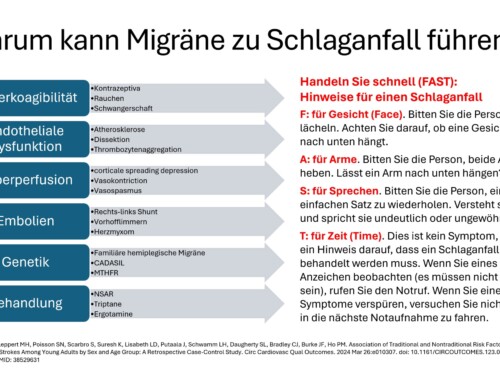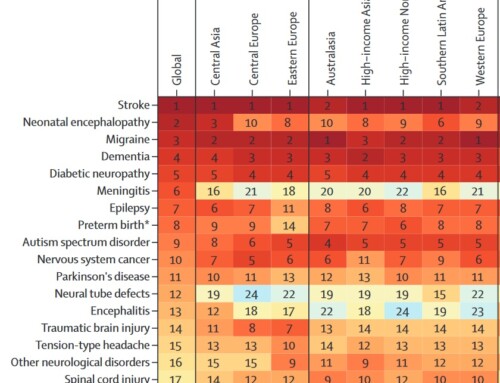The 3rd edition of the International Classification of Headache Disorders (ICHD-3) is now also available in its final form in German translation. You can find it on the ICHD-3 homepage via the link
https://www.ichd-3.org/ichd-3-translations/
can be viewed.
Special thanks go to Prof. Dr. Dr. Stefan Evers, Secretary General of the International Headache Society, who organized the translation work so successfully and expediently.
Prof. Jes Olesen, Chairman of the Headache Classification Committee of the International Headache Society, writes in his foreword to the ICHD-3, among other things: “The ICHD-3 will be published as the 1st edition of the journal Cephalalgia in 2018, exactly 30 years after the 1st version of the International Classification of Headache disorders , ICHD-1, as we call them today. This first version was based primarily on expert opinions, but nevertheless proved to be largely valid. ICHD-2, published in 2004, incorporated a number of changes, some of which were prompted by new findings and some of which were based on expert opinions that have since been revised. New scientific findings played a comparatively larger role in the changes made to ICHD-3 beta, and all other innovations incorporated into ICHD-3 are based on such findings. Headache classification is now based entirely on research and will continue to do so in the future.
The publication of ICHD-3 marks the end of a long journey that began in 2010, but the current committee still has a lot of work to do in the coming years. The ICHD-3 beta has been translated into many languages and these translations need to be updated before the ICHD-3 can be published in the relevant languages soon. It is hoped that many more translations will come out so that ICHD-3 is accessible in all common and even many less common languages. An electronic version of ICHD-3, already created under the leadership of Professor Hartmut Göbel, will be updated to ICHD-3. The publication of a casebook is also being planned in collaboration between Prof. Morris Levin and Prof. Jes Olesen. And then finally a bridge will be created by Prof. Timothy Steiner and Prof. Jes Olesen between the ICHD-3 and the ICD-11 of the WHO as soon as the encryption for the ICD-11 is available.
So what does the future of headache classification look like? In principle, a classification must be conservative. As soon as major changes are made to a classification, all previous studies that used these now changed parts of the classification must be revisited. For example, drug trials conducted according to the previous diagnostic criteria will need to be repeated if there are major changes in the diagnostic criteria because the patients who fall under the new diagnosis will be different from those who fall under the previous diagnosis . My hope is that the active field studies and scientific analysis undertaken for ICHD-3 will continue, allowing future changes to be fully evidence-based. According to tradition, ICHD-4 will take 10-15 years, but a number of field studies will be carried out in the meantime. Modified ICHD-II diagnostic criteria for 1.3 chronic migraine published in the journal Cephalalgia had not yet been included International Classification of Headache Disorders ICHD-3 beta appeared. A future headache classification committee should similarly be able to agree and support the establishment of new or revised diagnostic criteria prior to publication of the ICHD-4, if these are supported by good field studies published in the journal Cephalalgia .
With the headache classification in the ICHD-1, headaches went from being the worst-classified neurological diseases to the best-classified ones. We have maintained this momentum for 30 years, and the superiority of our classification was recently demonstrated in the Geneva committee's work on the neurological part of ICD-11. No other specialty within neurology has such a systematic classification, including explicit diagnostic criteria for each disease entity. I sincerely hope that this tradition can be maintained in the future and that the headache classification becomes the pioneer for the classification of neurological diseases as a whole.”










Leave a comment